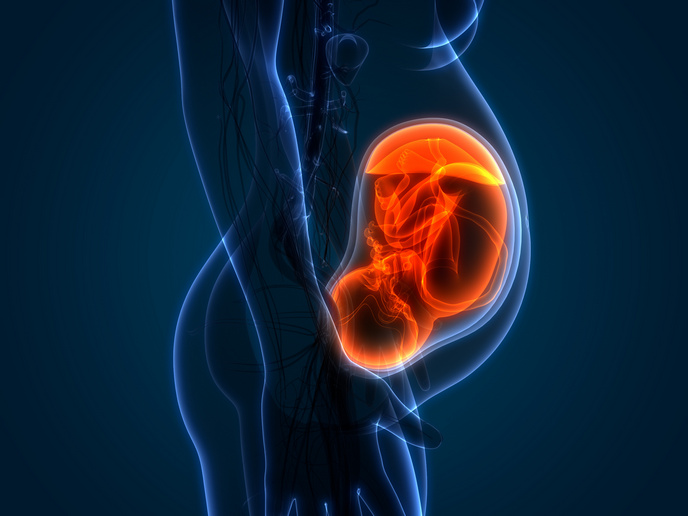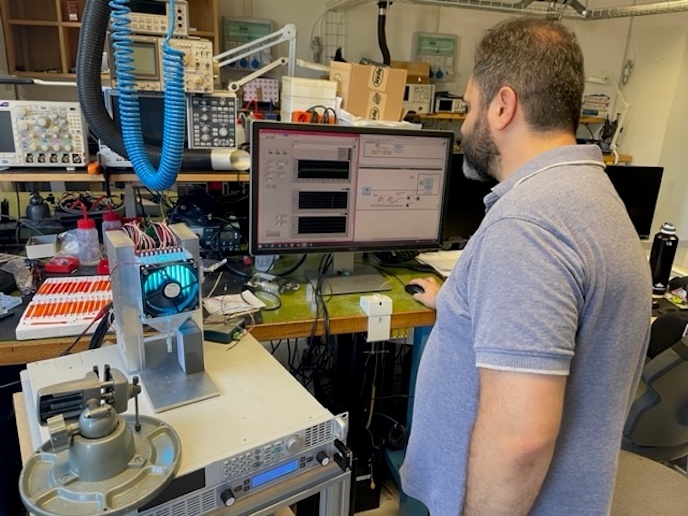Getting to the heart of diagnosis for imminent coronary artery disease
Coronary artery disease (CAD) is responsible for over 1.8 million deaths every year in Europe. To predict and monitor the risk of heart attacks, the diagnostic potential of PET and myocardial perfusion imaging (MPI) can be harnessed. Measuring and quantifying myocardial blood flow and coronary flow reserve in absolute terms through MPI serves as a prognostic marker for adverse cardiac events. PET has superior image quality and diagnostic ability, enabling the reduction of unnecessary invasive downstream procedures. This also reduces the risks associated with patients’ exposure to such procedures, coupled with lower radiation doses and shorter period of radiation retention.
Safety of the cardiotracer under trial
The MPIPETrace project team together with the coordinating company Synektik SA(opens in new window) have advanced the ideal combination of PET with a new biomarker for CVD detection. “Having met successfully the endpoints of phase I clinical trials, namely safety and early elimination of the injected dose of our novel biomarker in young healthy male adults, we proceeded in conducting the phase II clinical trial,” outlines CEO Cezary Kozanecki. The main objective of the phase II clinical trials was to assess the safety of the cardiotracer in patients with known or suspected CAD and to optimise the dose levels for injection – under stress and at rest. “The injected dose levels of our cardiotracer tested in patients with known or suspected CAD were safe and well tolerated. Optimised dose levels were defined and diagnostic ability was manifested, thus our novel biomarker is a relevant candidate for MPI,” concludes Kozanecki.
All-round flexibility key for success
The project faced some unexpected challenges outside the tech arena. In the case of MPIPETrace, there was a mismatch of needs between the key subcontractor – a large multinational – and Synektik. Kozanecki appreciates the flexibility of the EU that allowed their replacement with a local company for phase II trials. Synektik also had to face a paradigm shift in the market from the entry of multinational pharma companies and PET manufacturers in the field of PET tracers, a recent phenomenon not present during the project planning phase. Kozanecki points to the agility of the company as the solution: “We addressed this issue thanks to the flexibility of our company’s culture and realigned our exposure efforts during the project.”
Next moves towards commersialisation
Phase III clinical trials are a legal prerequisite for commercialisation of the newly developed PET tracers. Synektik is engaged in upgrading the image interpretation software to account for the chemical properties of the compound, thus optimising image quality. “Analysis of the results of phase II with experts and opinion leaders in cardiology and medical imaging will evaluate the viability of entering phase III,” explains Kozanecki. The project strategy is to maximise impact through ties with the pharma multinationals and PET developers and manufacturers. “Their presence in the PET tracer market is becoming dominant as evidenced with multi-billion euro tracer deals executed in the recent 2 years,” he comments. In parallel, “Synektik will attempt to sublicense our cardiotracer to cyclotron owners interested in expanding their tracers’ portfolio.” Summing up the ambitions of Synektik, its CEO emphasises improved clinical decisions in the area of CAD through early diagnosis even before the manifestation of symptoms. The non-invasive screening procedure will decrease the costs and risks associated with invasive diagnostic procedures and early detection.







